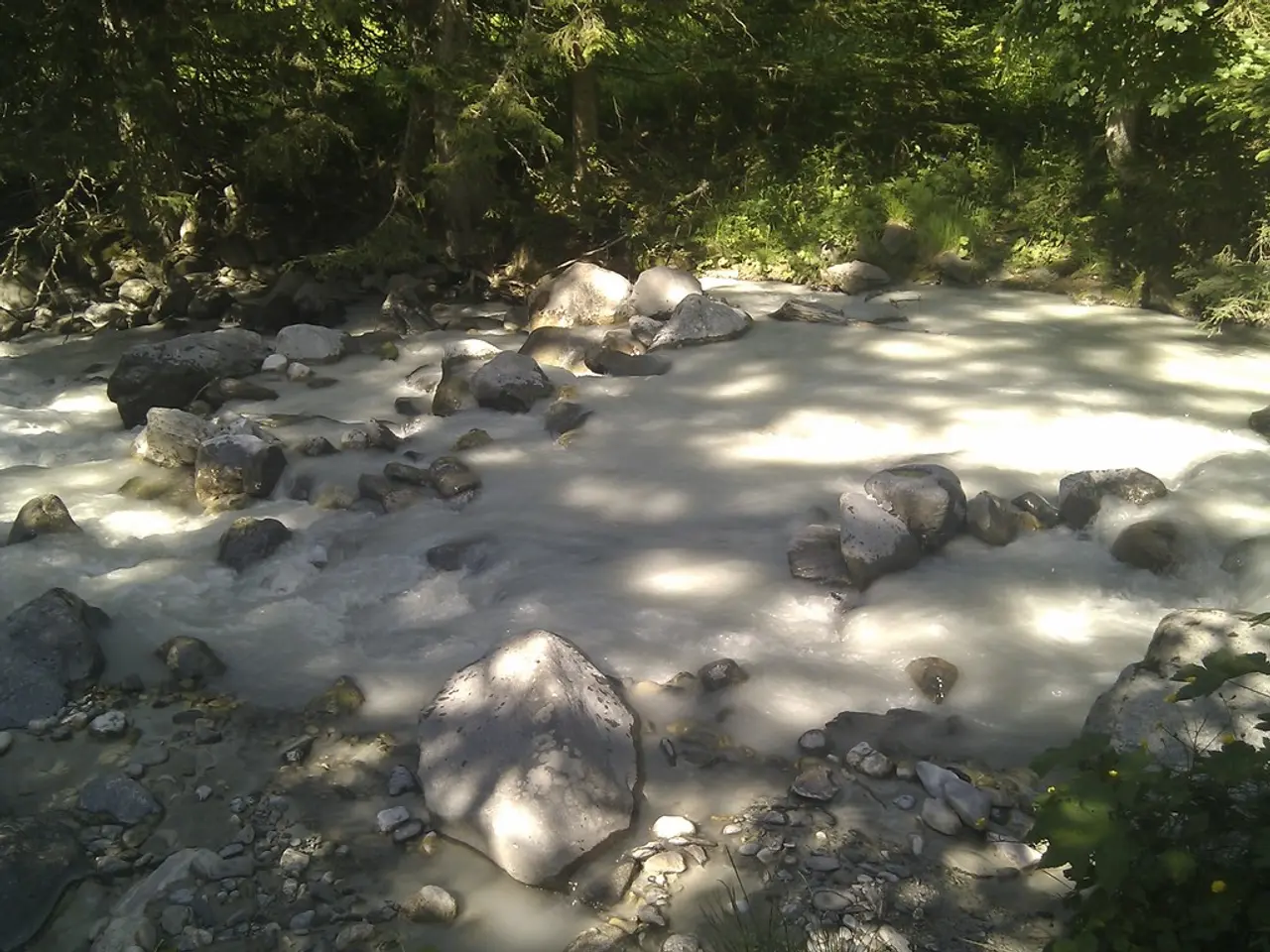Water scarcity: A period of insufficient water supply
In various parts of Europe and the Middle East, drought conditions are causing significant challenges to water availability, agriculture, economies, and daily life.
In Turkey, the Izmir province and resort city Cesme are facing a severe water crisis. Residents have access to drinking water for only 6 to 10 hours daily, and reservoirs supplying the region have dropped to as low as 3% capacity. This crisis is disrupting both residents' lives and the tourism-dependent economy.
Southern Europe, including Spain, Greece, and Italy, is also experiencing persistent drought conditions. Vegetation and agriculture are suffering prolonged impacts, especially in southeastern Spain and southern Greece. Southern Italy is also under drought warnings. Spain has faced some of its worst historical drought conditions, threatening agriculture and natural ecosystems.
Cyprus is another region facing water scarcity, with drought warnings reflecting the threat to ecosystems and livelihoods.
In Southeast Europe, countries such as Hungary, Serbia, and those surrounding the Balkans and the Black Sea are experiencing severe and persistent drought. Agriculture and water supplies are being impacted, with ongoing restrictions and land abandonment reported.
The Middle East is also severely affected by the water crisis, with countries like Iran and Iraq experiencing some of their driest years on record. Iran's drought has been noted as one of the century's most severe environmental crises.
England and parts of northern Europe, such as northern Great Britain and Ireland, show drought warnings and "watch conditions" due to precipitation deficits, though impacts are not as severe as in Mediterranean and Middle Eastern regions.
France and broader Western Europe face heatwaves and increasing drought risks linked to climate change. The IPCC’s 2025 assessment confirms faster-than-expected acceleration of climate crises with significant human and ecosystem risks.
The combined evidence signals an urgent multi-national challenge across Europe and the Middle East to address water scarcity and drought. Severe water shortages are forcing daily life and economic adaptations, causing agricultural damage, livestock losses, and food security threats. Economic losses are projected to rise at least 35% by 2035 in drought-affected regions. The need for water management, conservation efforts, and policy responses is increasing.
In response to the crisis, various countries are implementing water restrictions. For instance, in France, swimming pools, cars, and public green spaces and private gardens can no longer be watered in some regions. Similar restrictions are in place in England, with garden watering with hoses banned in Yorkshire due to the drought.
Other countries are taking drastic measures to combat the water crisis. The Cypriot government is urging the public to conserve water and plans to build more desalination plants. In Iran, authorities are implementing daily water supply disruptions in many parts of Tehran and other cities due to dangerously low dam levels, with warnings that Tehran could run out of water by October.
The governments of Greece and Italy are also planning to modernize water management and invest in new technologies like seawater desalination. In the face of these challenges, it is clear that coordinated adaptation and mitigation strategies are needed to address the ongoing water scarcity and drought across Europe and the Middle East.
- The water crisis in Europe and the Middle East, with drought-affected regions like Turkey, Cyprus, and Iran, has illuminated the need for environmental-science research to develop sustainable solutions for water management and conservation.
- As the climate-change impacts on water availability become more severe, science and health-and-wellness initiatives need to collaborate to find innovative approaches to maintain the health of both people and ecosystems in these drought-prone regions.




